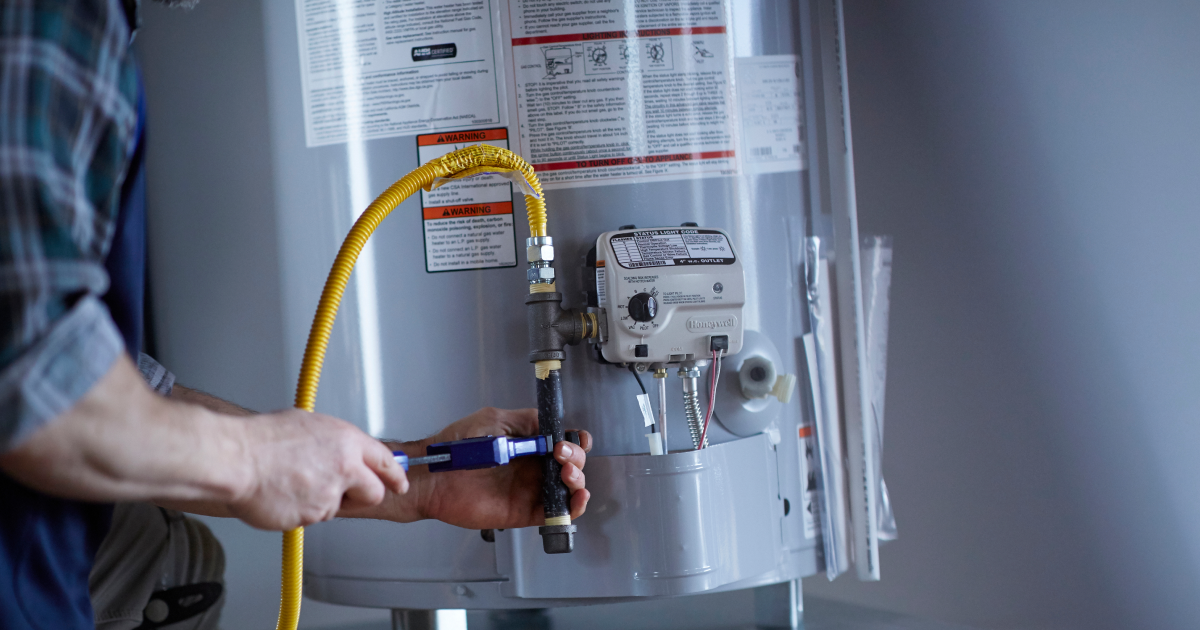Effective Methods to Care for Your Home's Hot Water System Effectively
Effective Methods to Care for Your Home's Hot Water System Effectively
Blog Article
Right here in the next paragraphs you can discover additional high-quality answers involving Water Heater Maintenance Tips You Can't Afford to Forget.

Hot water is vital for day-to-day convenience, whether it's for a rejuvenating shower or washing dishes. To guarantee your warm water system runs effectively and lasts longer, regular maintenance is key. This article offers functional ideas and insights on just how to keep your home's warm water system to avoid disturbances and expensive repair work.
Intro
Preserving your home's hot water system could appear challenging, but with a couple of simple actions, you can ensure it operates efficiently for years to find. This guide covers every little thing from understanding your warm water system to DIY upkeep ideas and knowing when to employ professional aid.
Significance of Keeping Your Warm Water System
Regular upkeep not just extends the life-span of your hot water system however additionally guarantees it operates successfully. Neglecting upkeep can lead to reduced performance, higher power bills, and even early failure of the system.
Indications Your Warm Water System Needs Upkeep
Knowing when your hot water system requires focus can avoid significant concerns. Look out for indicators such as inconsistent water temperature, weird sounds from the heater, or rustic water.
Recognizing Your Hot Water System
Prior to diving right into upkeep tasks, it's valuable to recognize the standard components of your warm water system. Typically, this includes the hot water heater itself, pipes, anode rods, and temperature controls.
Regular Monthly Upkeep Tasks
Regular regular monthly checks can assist capture small concerns before they escalate.
Purging the Hot Water Heater
Purging your hot water heater gets rid of debris buildup, boosting performance and prolonging its life.
Checking and Changing Anode Rods
Anode rods stop deterioration inside the container. Inspecting and changing them when broken is important.
Checking and Changing Temperature Level Setups
Changing the temperature setups makes certain optimum efficiency and safety and security.
Do It Yourself Tips for Upkeep
You can perform several maintenance jobs on your own to maintain your warm water system in top condition.
Looking for Leaks
On a regular basis check pipes and connections for leaks, as these can lead to water damages and higher costs.
Examining Stress Alleviation Valves
Evaluating the pressure relief valve ensures it functions appropriately and protects against extreme pressure accumulation.
Shielding Pipes
Shielding warm water pipelines lowers warm loss and can save power.
When to Call an Expert
While DIY upkeep is helpful, some problems require specialist know-how.
Complicated Issues Calling For Specialist Help
Instances consist of major leakages, electrical issues, or if your water heater is continually underperforming.
Routine Professional Upkeep Advantages
Specialist maintenance can consist of detailed assessments, tune-ups, and ensuring conformity with safety criteria.
Conclusion
Normal upkeep of your home's hot water system is necessary for efficiency, long life, and cost financial savings. By following these pointers and knowing when to seek specialist assistance, you can make certain a reputable supply of warm water without unforeseen disruptions.
How to Maintain an Instant Hot Water Heater
Before tinkering with your hot water heater, make sure that it’s not powered on. You also have to turn off the main circuit breaker and shut off the main gas line to prevent accidents. Also turn off the water valves connected to your unit to prevent water from flowing into and out of the appliance. 2. When you’re done, you have to detach the purge valves’ caps. These look like the letter “T†and are situated on either side of the water valves. Doing so will release any pressure that has accumulated inside the valves while at the same time avoid hot water from shooting out and burning your skin. 3. When the purge valves’ caps are removed, you have to connect your hosing lines to the valves. Your unit should have come with three hoses but if it didn’t, you can purchase these things from any hardware or home repair shops. You can also get them from retail stores that sell water heating systems. Read the user’s manual and follow it to complete this task properly. When the hosing lines are connected, open the purge port’s valves. 4. You should never use harsh chemical cleaners or solutions when cleaning your unit. Make use of white vinegar instead. It should be undiluted and you’ll probably use about 2 gallons. 5. Now flush your water heater. This task should probably take about 40 minutes. We can’t give you specific directions for this because the procedure is carried out depending on the type, model and brand of your heater. With that being said, refer to the user’s manual. 6. When you’re done draining the unit, you have to turn off the purge port valves again. Remove the hosing lines that you earlier installed on each of the water valves. Put the valve caps (purge port) back in their respective places and be very careful so as not to damage the rubber discs that are found inside these caps. 7. Now that everything’s back in place, check your user’s manual again to find out how to reactivate your water heating system. 8. Once it is working, turn one of your hot water faucets on just to let air pass through the heater’s water supply pipes. Leave the tap on until water flows smoothly out of it. https://www.orrplumbing.com/blog/2014/september/how-to-maintain-an-instant-hot-water-heater/

I hope you liked our post on Tips on Maintaining a Water Heater. Thanks a lot for spending some time to browse our blog. You should take the opportunity to share this post if you appreciated it. I love your readership.
Click Here Report this page